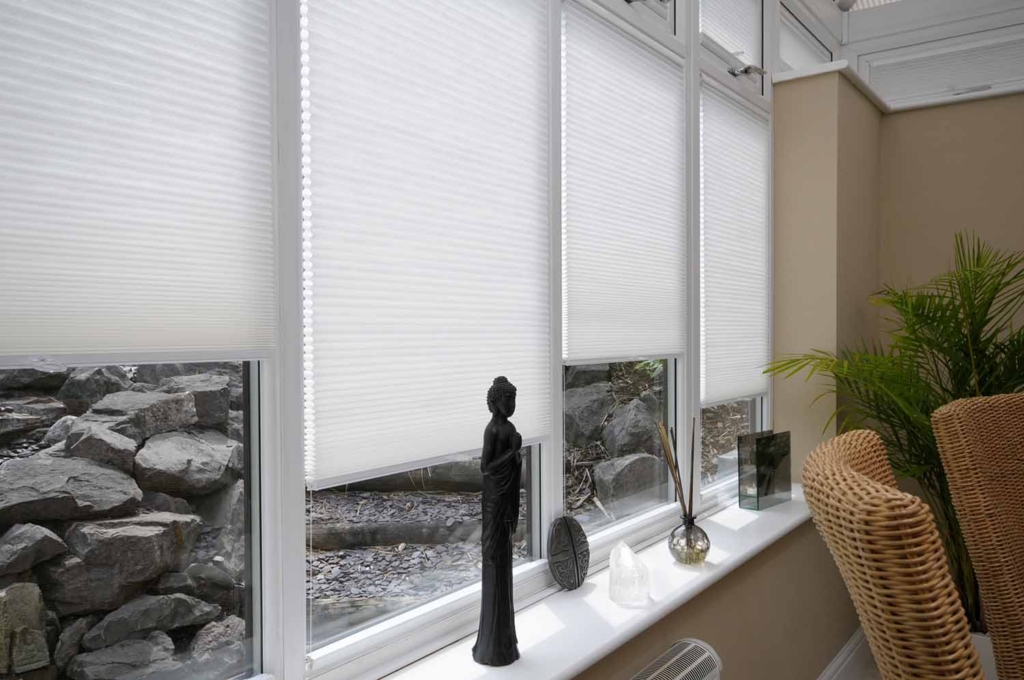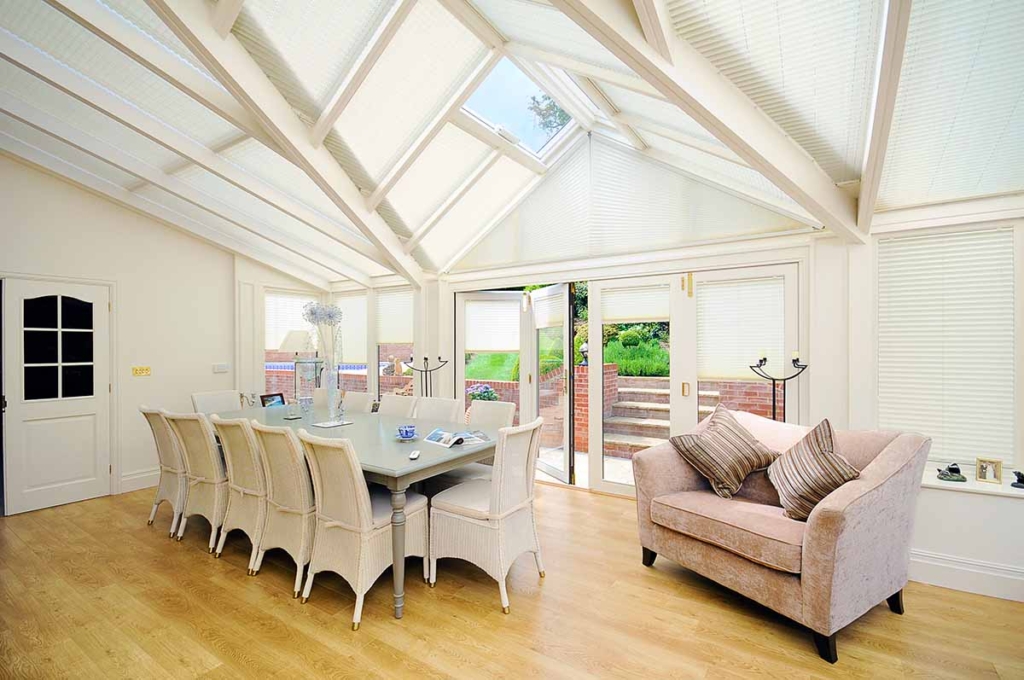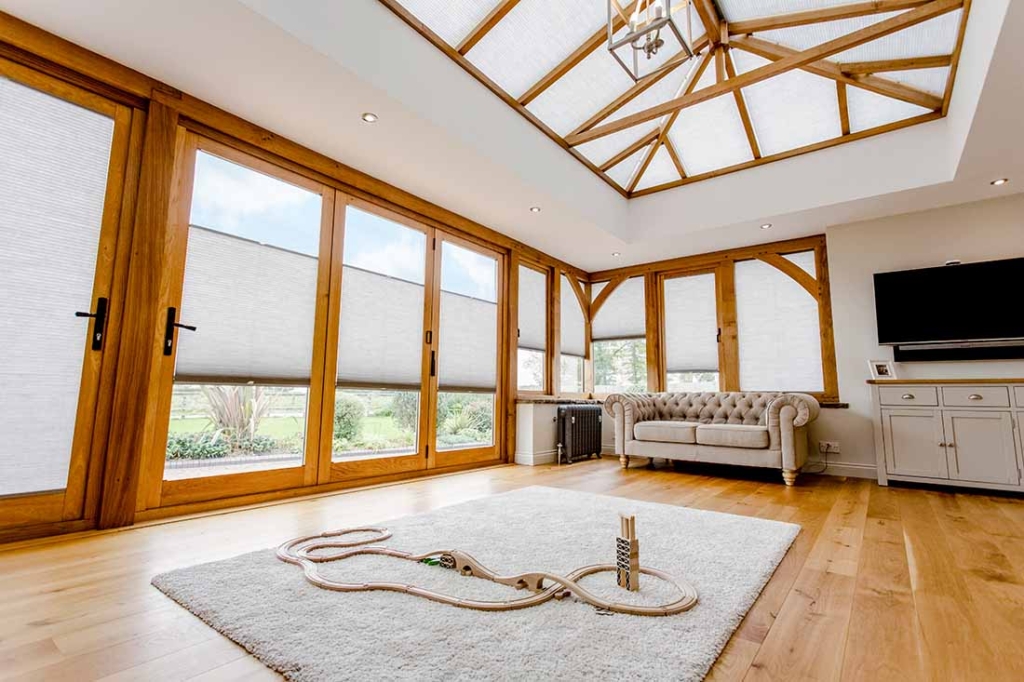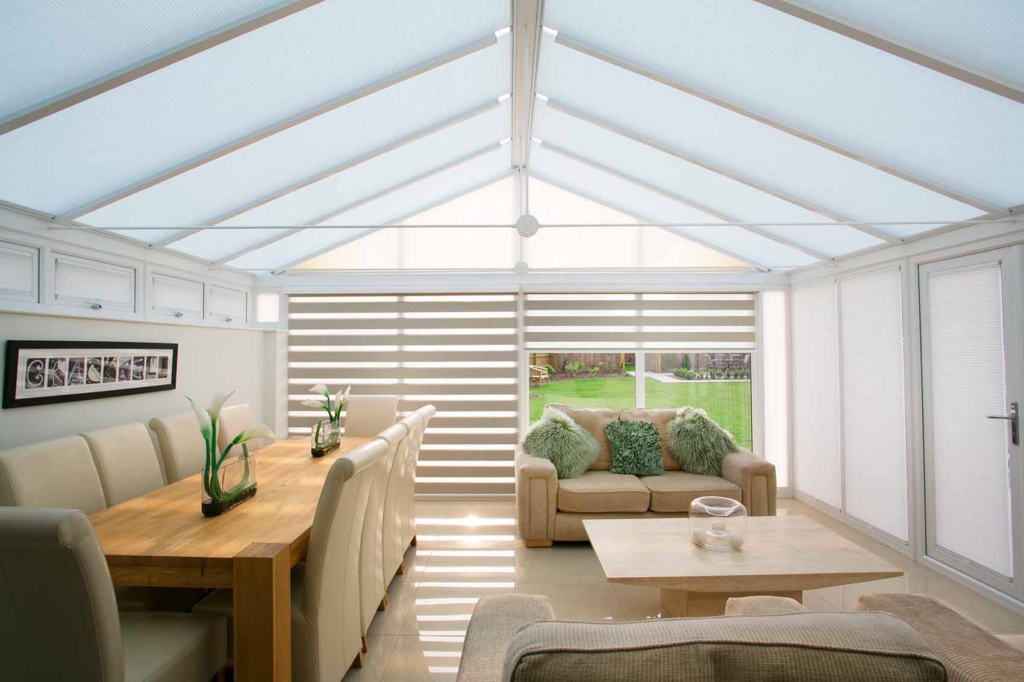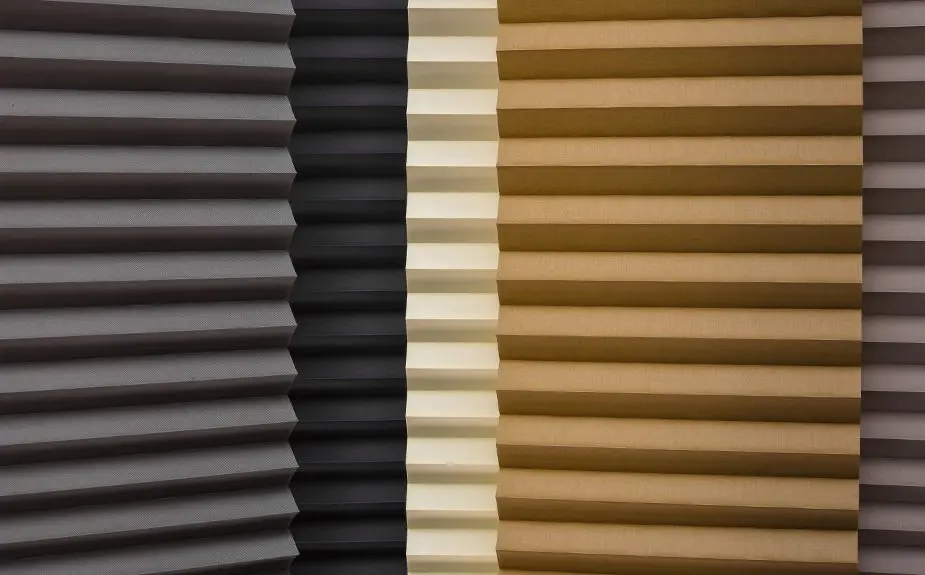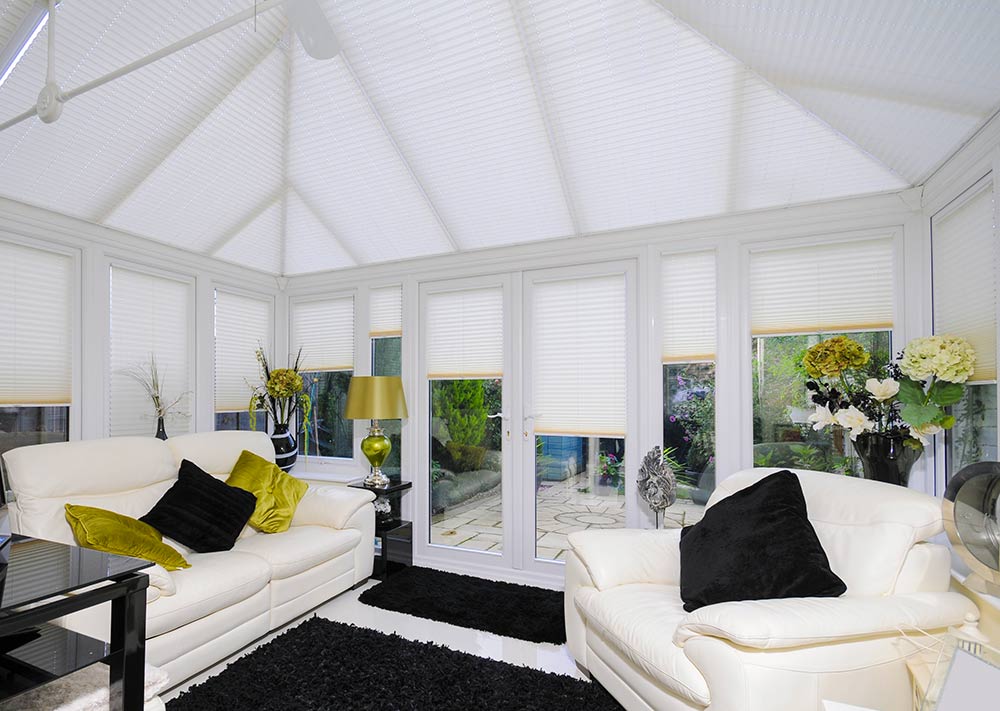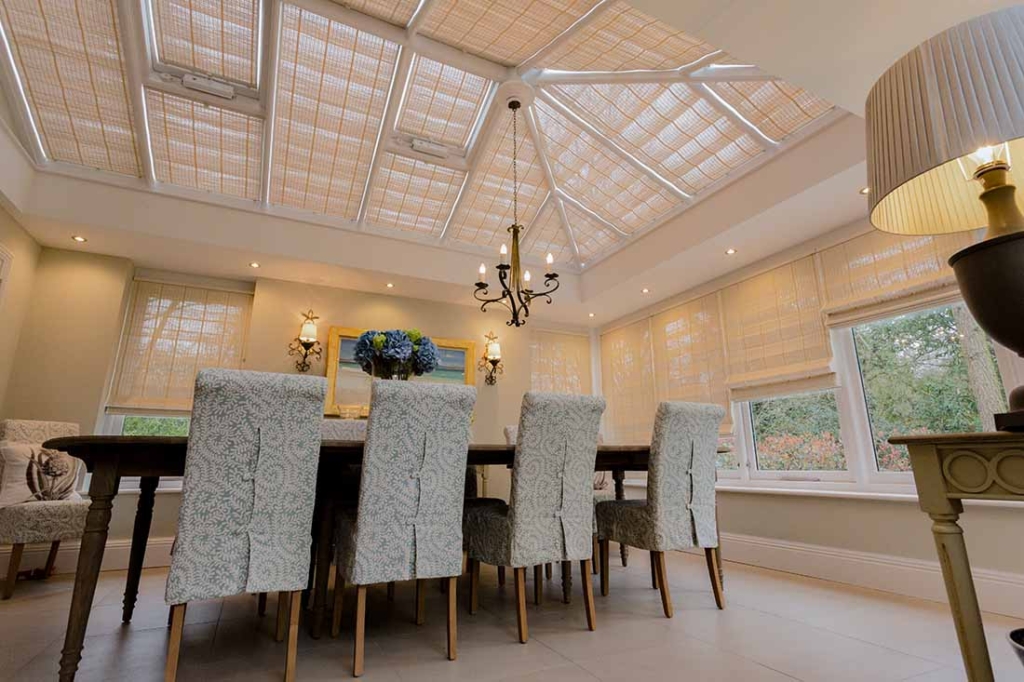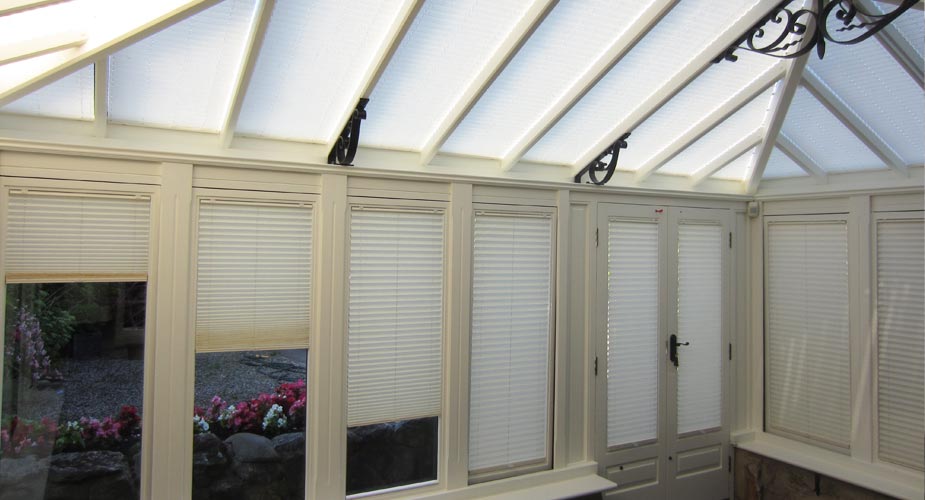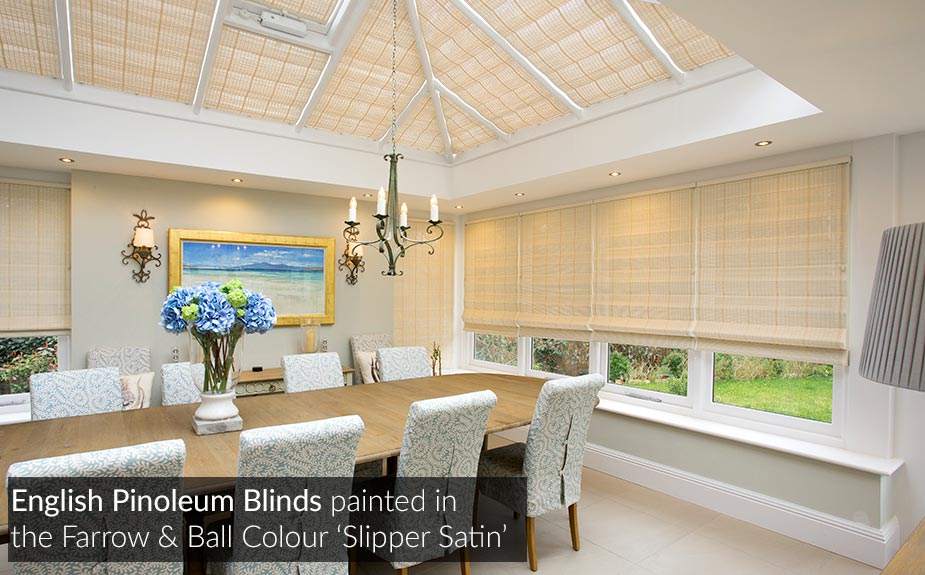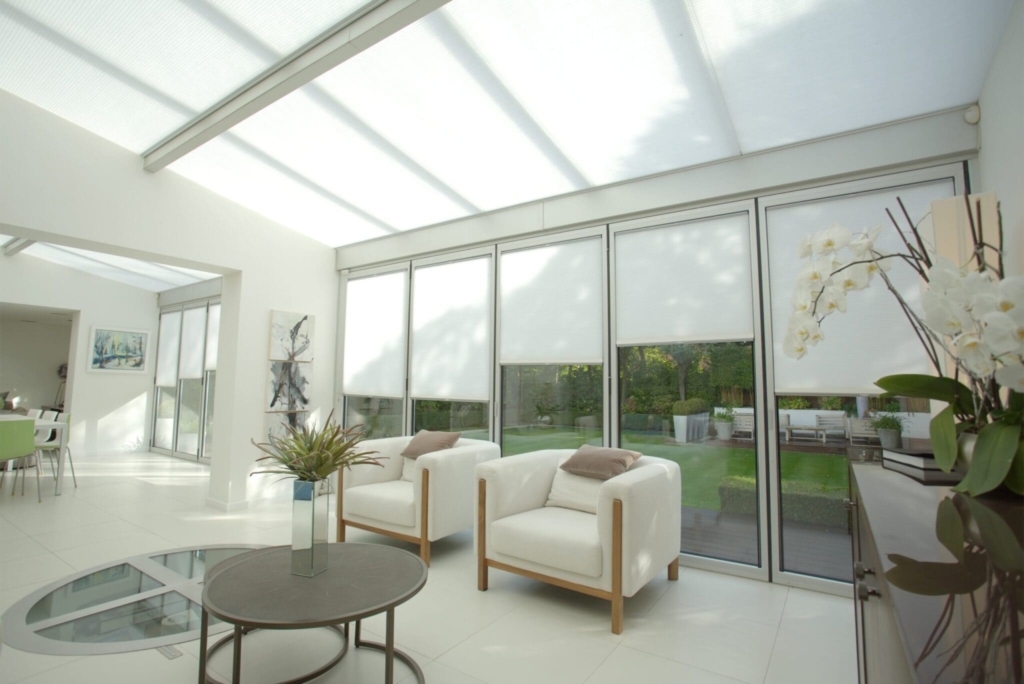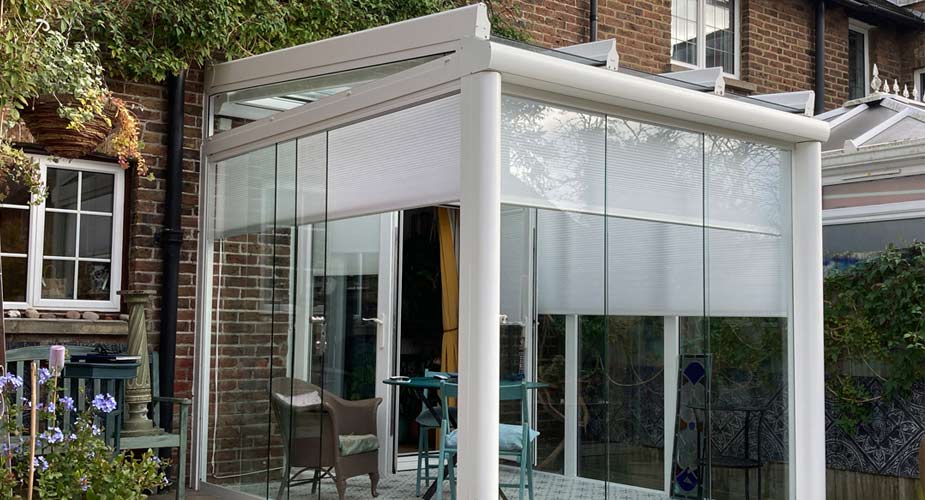Now that the nights and mornings are getting colder; it’s time to start making sure you are staying warm and safe. One of the risks to your health could lie in your own home from damp and mould. So to keep you safe, let’s look into the causes of mould and how we can prevent it before it happens in your conservatory this autumn and winter.
Mould from Condensation
The most important thing to watch out for is condensation. If there is condensation forming on the inside of your conservatory it means that the relative humidity of the air is too high; which is what causes mould to form. Heating a conservatory is an excellent way to get rid of some of the water in the air. Conservatory roof blinds significantly help with this as they offer an extra layer of insulation between the windows and your room. Having a through-draft is also important; as it makes sure any remaining moist air can leave the room. So. it’s a good idea to leave some vent windows open for a few hours.
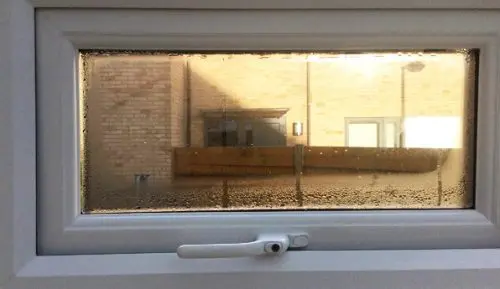
If you’re heating your conservatory properly and there is still condensation forming you may want to check for any leaks in the frame of the structure, as that could be letting in moisture. However, if there is leftover humidity within the room you can always purchase a dehumidifier to reduce that.
Keeping Your Conservatory Blinds Clean from Mould
A common question we get asked during the winter period is how to remove mould from conservatory blinds. Unfortunately, in most cases, the answer is that it’s almost impossible to do so; as any cleaning method strong enough to remove the mould will almost certainly damage the blind with it. Because of this, the best thing we advise customers to do is to assure you prevent mould in your conservatory in the first place.
As mould only grows on organic materials, it will not grow on our pure™ Pleated or Duette® Pleated fabrics unless they are dirty. By keeping your blinds clean, you can make sure there is nothing for the mould to grow on. As Pinoleum blinds are made of wood, they are slightly more susceptible to mould. However, these are just as easy to clean and will allow you to catch any early signs of mould and prevent it before it becomes a problem. All of our blinds come with a Care & Maintenance booklet that explains the best way to keep them clean. Additionally, our online customer area, MyBlinds, also provides helpful videos showing how to remove your blinds for cleaning.
As the nights will only keep getting colder, you must take these precautions now. This way you can stop mould before it happens and assure you and your blinds are safe from mould.


